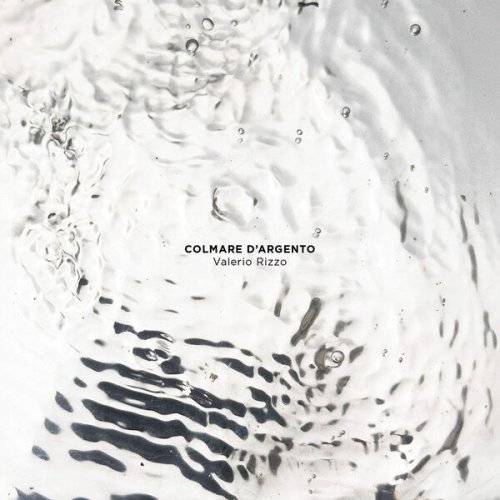Carlos Damas - Modern Solo Violin Music (2024)
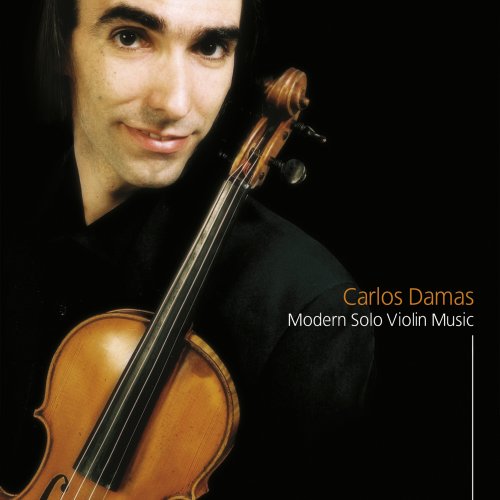
Artist: Carlos Damas
Title: Modern Solo Violin Music
Year Of Release: 2024
Label: DUX Recording Producers
Genre: Classical
Quality: flac lossless (tracks) +Booklet
Total Time: 00:48:03
Total Size: 232 mb
WebSite: Album Preview
TracklistTitle: Modern Solo Violin Music
Year Of Release: 2024
Label: DUX Recording Producers
Genre: Classical
Quality: flac lossless (tracks) +Booklet
Total Time: 00:48:03
Total Size: 232 mb
WebSite: Album Preview
01. Sonata for solo violin Op. 27 No. 4: I. Allemande
02. Sonata for solo violin Op. 27 No. 4: II. Sarabande
03. Sonata for solo violin Op. 27 No. 4: III. Finale
04. Sonatina No. 1 for solo violin: I. Semplice
05. Sonatina No. 1 for solo violin: II. Allegro Deciso
06. Sonatina No. 1 for solo violin: III. Mesto
07. Sonatina No. 1 for solo violin: IV. Presto Ostinato
08. Sonata for solo violin Op. 115: I. Moderato
09. Sonata for solo violin Op. 115: II. Andante con Variazione
10. Sonata for solo violin Op. 115: III. Con Brio
11. Recitativo und Scherzo-Caprice Op. 6
12. Esponsais
Portuguese violinist Carlos Damas boasts a clear, ringing tone and impressive dexterity. He’s mastered the technical problems posed by Ysaÿe (apart from in one or two rough moments in the finale) but doesn’t quite achieve that relaxed air of command that allows the best Ysaÿe interpreters – Leonidas Kavakos (BIS) for example – to go beyond the performance of the notes and tease out the music’s poetic character. In the arpeggio passage at the end of the second movement, Kavakos gently emphasises the ostinato motif in a way that brings out the music’s individuality: Damas’s arpeggios sound quite ordinary and conventional. He’s more at home with Prokofiev’s forceful idiom: the sonata’s outer movements, especially, sound bold and spirited, marred only by occasional rhythmic uncertainty and moments of slightly impure tuning. His playing of the Kreisler demonstrates authentic warmth and charm, even if it doesn’t quite capture the composer’s own playful manner.
The two Portuguese items are both first recordings. Azevedo’s Sonatina is a neat little work, well put-together, with striking use of the violin’s different registers, but lacking in truly distinctive ideas. Damas gives a good performance but I wonder whether a more imaginative interpretation of the mesto slow movement would have made it a more compelling piece. The Lopes-Graça is fascinating in its original use of different modes and unexpected juxtapositions of contrasting ideas. For me it’s the highlight of the CD. Someone should tell Dux that the English translation of the booklet-notes is full of amusing grammatical errors.
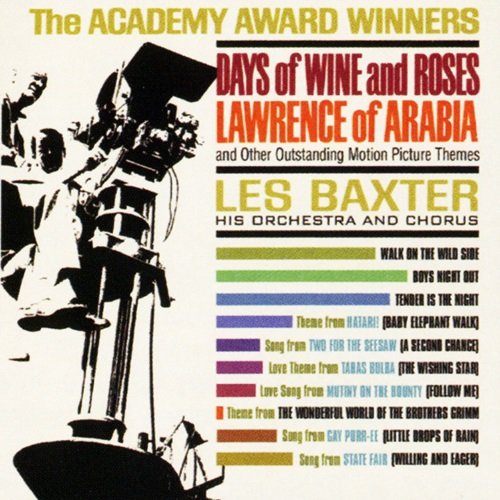
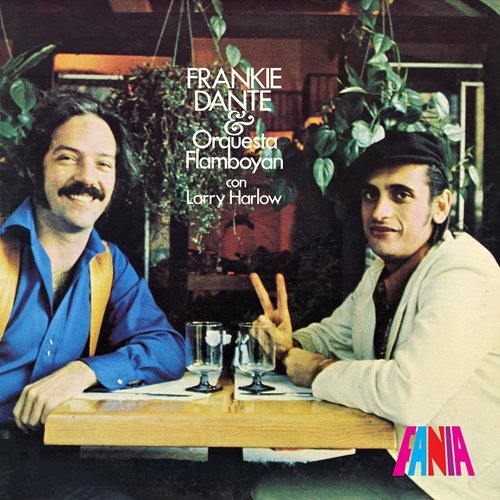
![Bill Evans, Jim Hall - Undercurrent (1962) [2025 SACD] Bill Evans, Jim Hall - Undercurrent (1962) [2025 SACD]](https://www.dibpic.com/uploads/posts/2025-12/1766416853_essj-90317-2.jpg)
![Luizinho do Jêje, Marcelo Galter, Sylvio Fraga - Mocofaia (2024) [Hi-Res] Luizinho do Jêje, Marcelo Galter, Sylvio Fraga - Mocofaia (2024) [Hi-Res]](https://img.israbox.com/img/2025-12/19/ie15pqye9f7axu0oyf0ndsk7k.jpg)
![Paul Mauriat - L'avventura (1972) [Hi-Res] Paul Mauriat - L'avventura (1972) [Hi-Res]](https://img.israbox.com/img/2025-12/19/q8l5an3pdrx7j3uta0q4cr2qi.jpg)
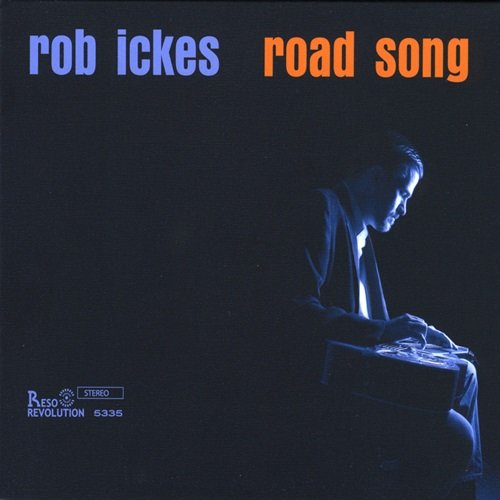
![Black Flower - Ghost Radio (2016) [Hi-Res] Black Flower - Ghost Radio (2016) [Hi-Res]](https://img.israbox.com/img/2025-12/21/9jx4xnhjd3hra5u06rbmghsre.jpg)

